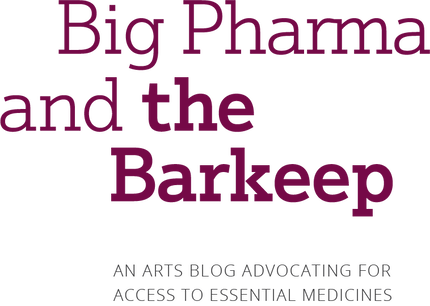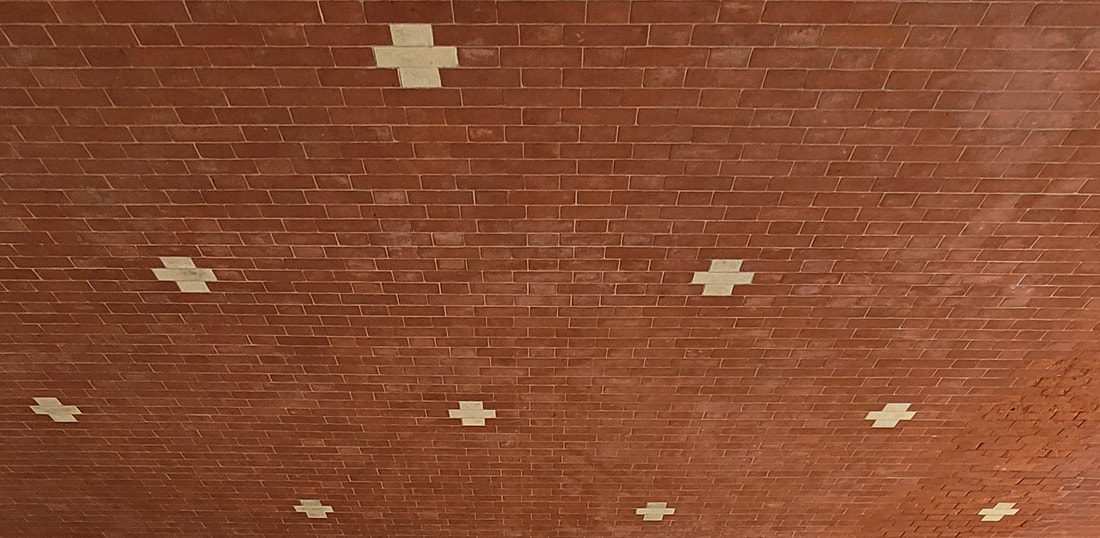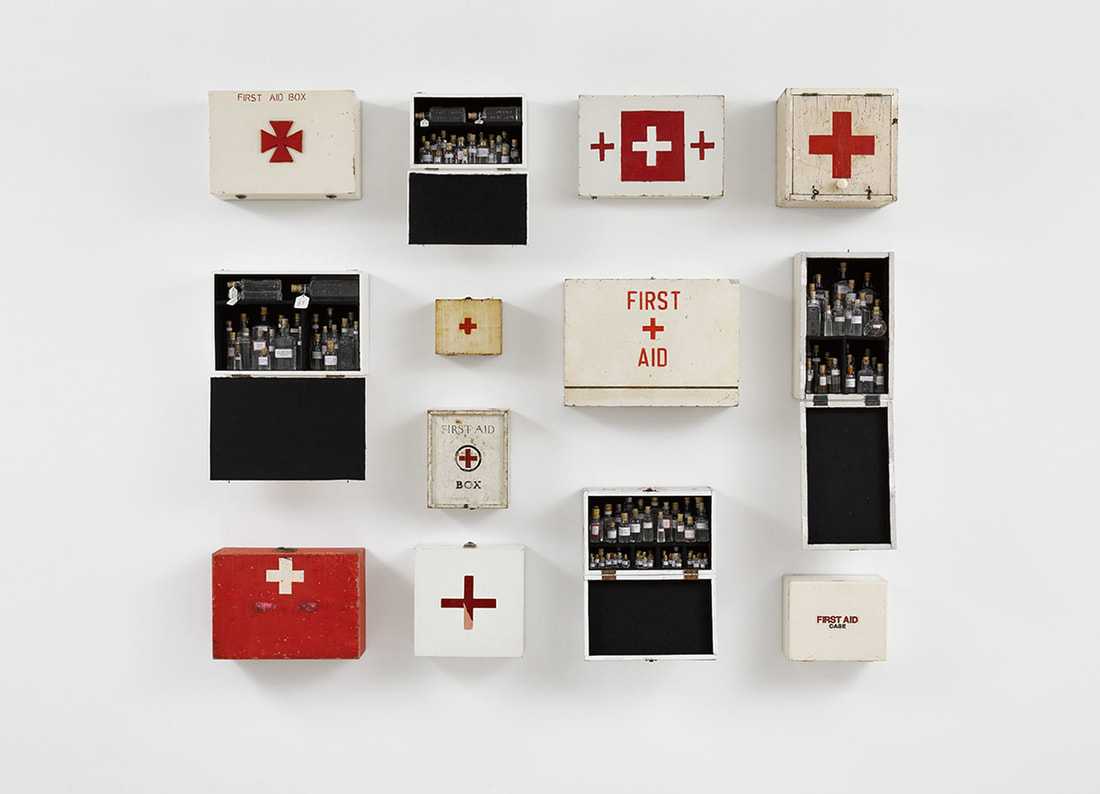|
Walking under the Winterdale Arch in New York’s Central Park last Sunday I thought about access to medicines.
Bridges exist to provide access. This is a public park. Today it’s alive with runners, baby strollers, handsome dogs, musicians and clusters of pedestrians. The red brick background of this bridge is sprinkled with white crosses. The pattern reverses the Geneva Convention-era red cross on a white background designating protection for medical sites. But the proportions of the crosses, and the colors still carry the association. I want every space to be a protected space when it comes to essential medicines. The crosses winking from the underskirt of the Winterdale Arch are a subtle public health reminder. A life with chronic illness is a life of patterns – patterns that maintain and patterns that disrupt. It also reminds me of the installation “First Aid: Homage to Joseph Beuys” by the late Susan Hiller which was in the Paraconceptual exhibit hosted at Lisson Gallery in 2017. I enjoy the way “First Aid” is both precious and utilitarian. These first aid kits look ready to deploy. The installation assembles vintage medical supplies and bottles, felt-lined wooden first aid boxes and water from sources considered to be holy. We cannot tell which bodies moving under and across the bridge today need essential medicines. The toddler dropping a soccer ball could be wearing a continuous glucose monitor. Which backpack, pants pocket or wicker picnic basket holds an EpiPen? Which people are yet undiagnosed for which diseases? Who just got unnecessarily kicked off of Medicaid? Who is praying for PEPFAR (the President’s Emergency Plan for AIDS Relief) to be reauthorized? We cannot see the thousand worries but they form patterns, too. We can do this better. We can.
0 Comments
Leave a Reply. |
BP&theBAn arts blog advocating for access to essential medicines Archives
June 2024
Categories |



 RSS Feed
RSS Feed